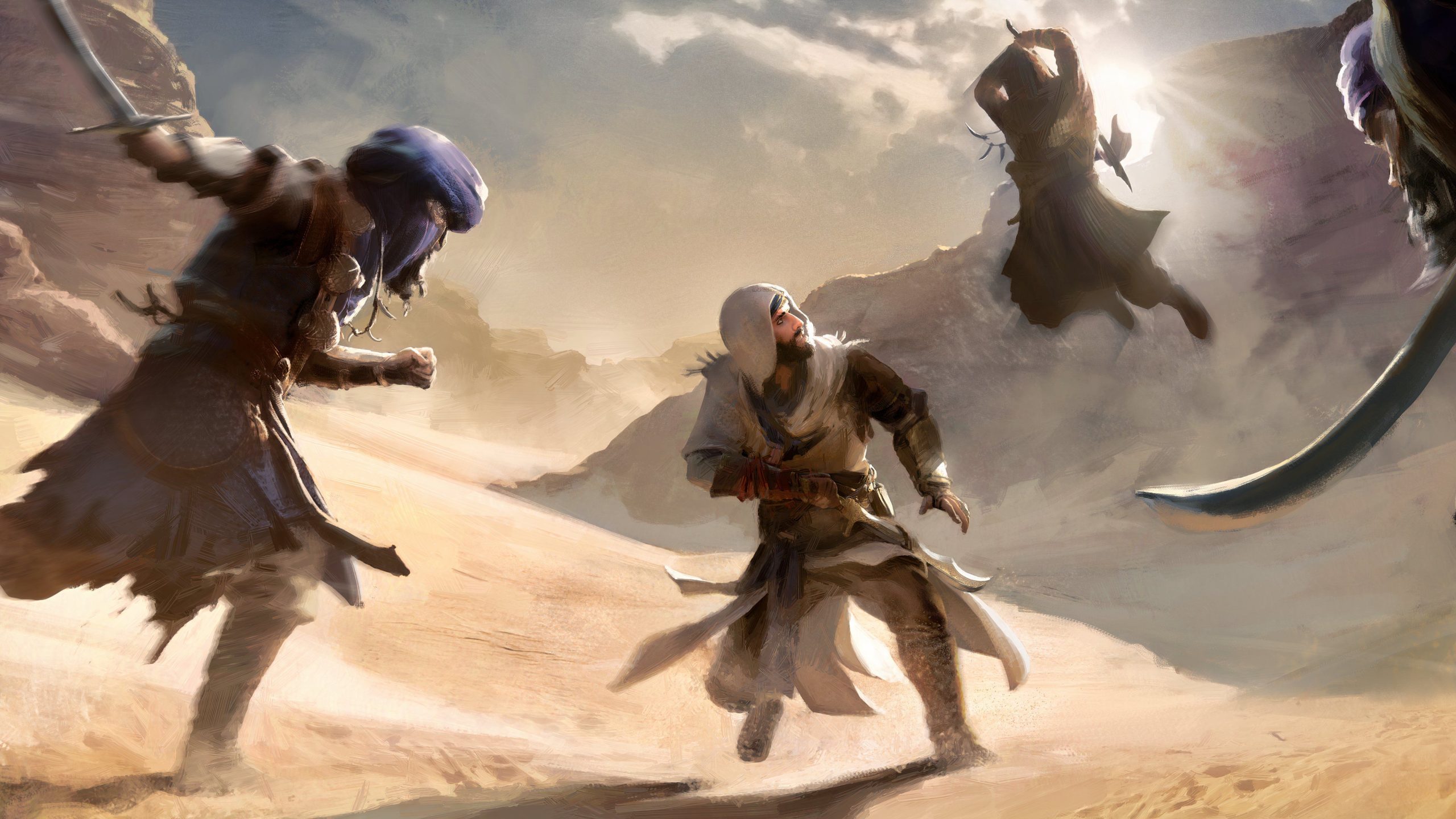Assassin’s Creed Mirage‘s Valley of Memory DLC will transport players to the AlUla region, which in the modern day exists as part of Saudi Arabia. Due to the ongoing archaeological discoveries in the Valley of AlUla, as well as Ubisoft’s unique access, Assassin’s Creed Mirage‘s new DLC has presented some unique opportunities for historical accuracy.
Valley of Memory releases on November 18.
The upcoming Assassin’s Creed Mirage DLC, Valley of Memory, will soon be available to fans of the game. Game Rant was able to catch up with some of the team working on the DLC, including producer Vincent Maulandi-Rabbione and creative director Olivier Leonardi, who discussed how the real-time historical discoveries influenced the creation of the DLC.
Assassin's Creed Mirage's Valley of Memory is Living History
The Team Had Unique Access to Archaeology in AlUla
Of course, historical research has always been a part of Assassin’s Creed’s development cycle, where devs routinely consult a variety of in-house and outside historians. AC Mirage‘s Valley of Memory DLC is unique, however, in that the research was changing as it was being developed. The team was working alongside those who were actively at archeological sites within AlUla, as opposed to simply having access to historical documents.
When asked about the matter, Leonardi spoke about what the real-time discovery and subsequent development implementation were like in practice:
“The digging, the excavation, and the unveiling of this different civilization that occupied that land, is actually happening now. The rediscovery of AlUla is actually very recent, we can say the last 15 years. We had the chance to work with experts on site via the French agency for AlUla, which is supervising the digging in most of the areas around Old Town in the oasis. They have archeologists dedicated to just the old town or just the oasis, or just the Lion’s Tomb site, or Dedan city—not to mention all the Nabataean tombs that make up the north of the map.”
This directly influenced the architecture, assets, and map of AC Mirage‘s Valley of Memory DLC. As Leonardi said, “From the very start, we could speak directly to the heads of archaeology who specialized in a certain era or location. In terms of reproducing the world, that was much easier for us because they were feeding us pictures—actual pictures of objects they were digging, and actual pictures and blueprints of everything that they were actually discovering.”
The end result was a dynamic, evolving process when it comes to historical accuracy, with the team having closer access to new developments than likely ever before, but also having to react to changes quickly (and before anyone else in the world may have even known). To that end, the history in this Assassin’s Creed Mirage DLC brought up some hot-off-the-press discoveries to the team.
Name Changes to Match History
Maulandi-Rabbione spoke to this aspect of development, citing a specific example: “One of the locations was named Qasr al-Farid, and that was set for months. They were saying, ‘Yeah, it’s Qasr al-Farid.'” But just recently, like weeks ago, they said, “We found some new Nabataean translation, and it was not named like that at the time. The name is going to be changed in all official papers in the coming weeks and months.” As he continued,
“You can put the official name in your game, and you will be the first to use the correct name.”
